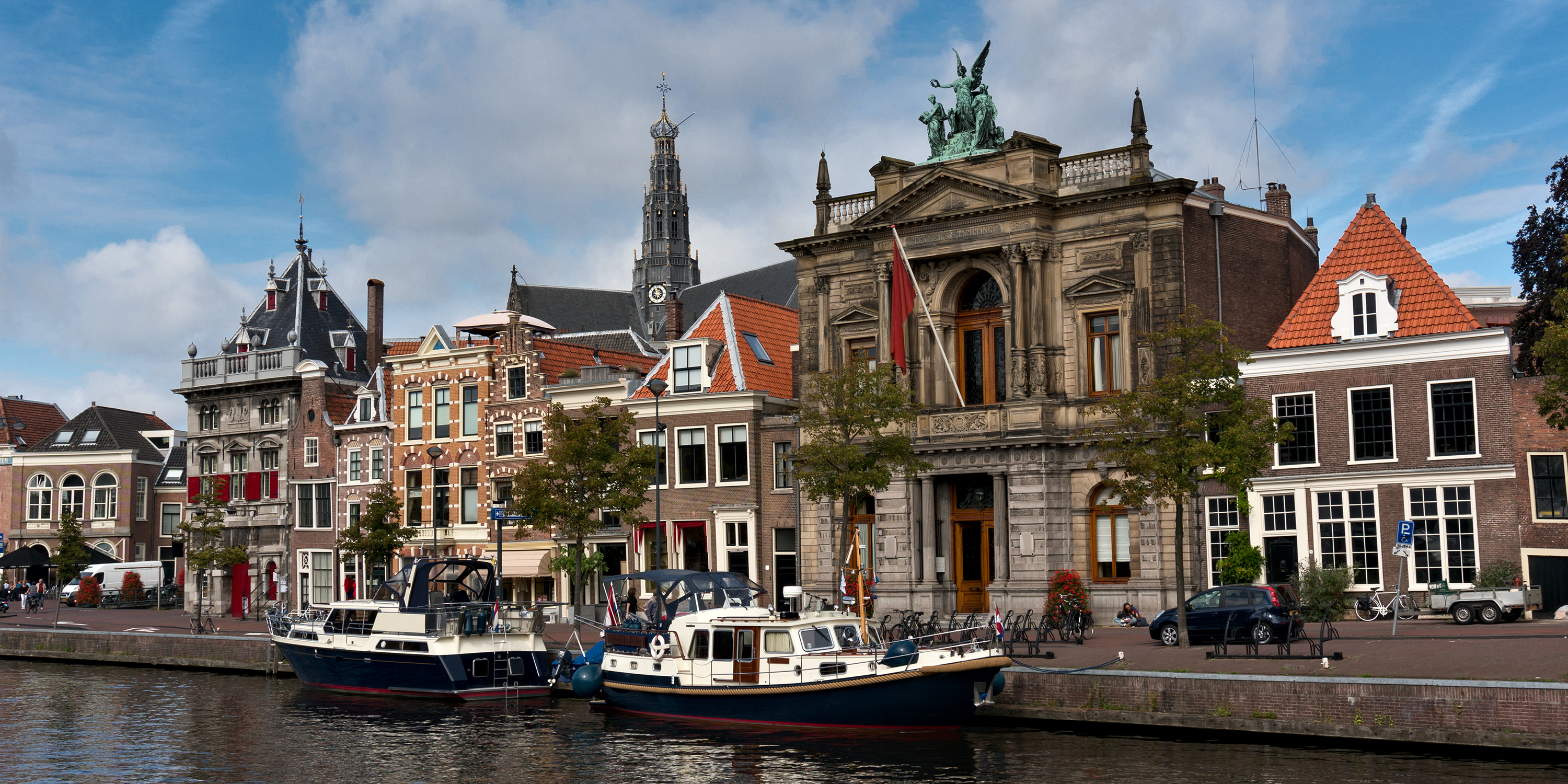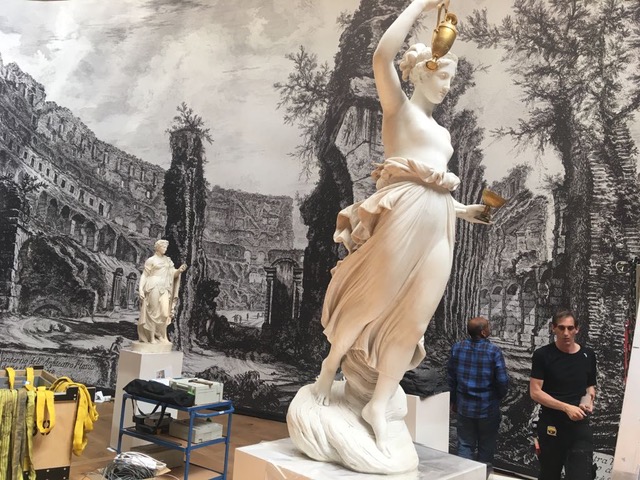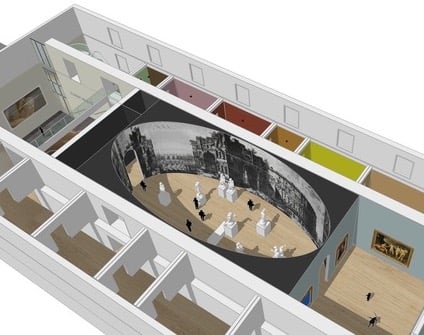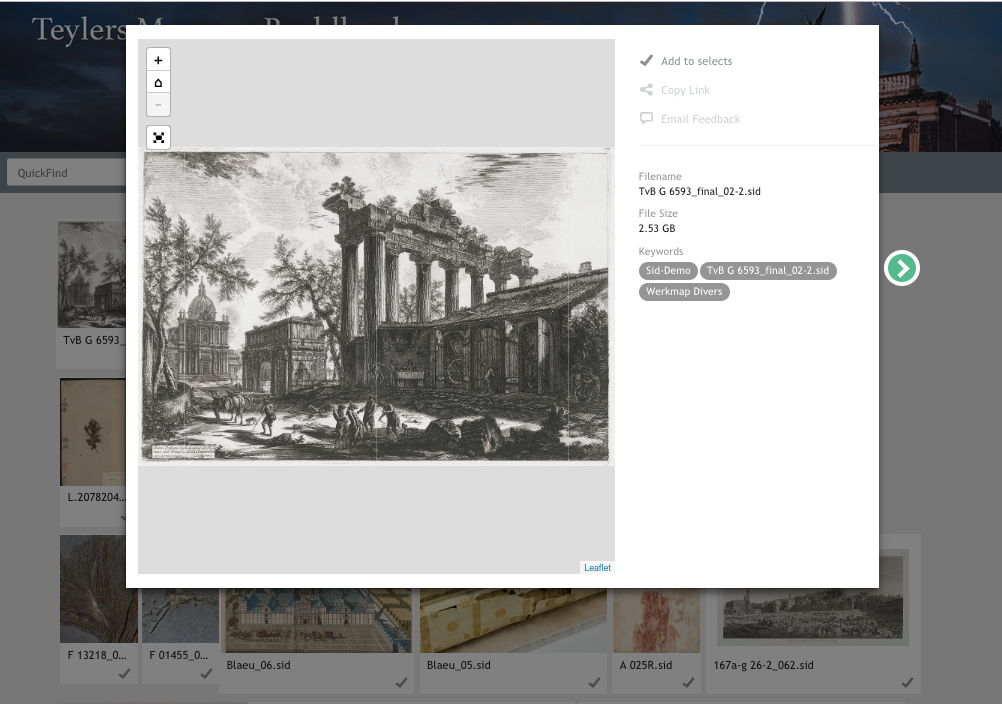Control the chaos and unleash your team's potential with Extensis Connect / Learn More
Control the chaos and unleash your team's potential with Extensis Connect / Learn More

Heritage and cultural organizations are well aware of their collections’ value and significance. But in the 21st century, acting as guardians of these precious objects isn’t enough — proactively digitizing collections is essential to preserving the past.
For museums, digitization leads to enhanced visitor experiences, opens up access to collections, increases research opportunities, and preserves knowledge when physical assets are threatened by handling or need high levels of security.
Over the past 20 years, this process has become increasingly cost-effective. Lower prices for digital storage, more affordable image capture technology, and built-in automation can replace thousands of hours of data entry.
At the same time, digital image quality has improved. These advancements are enabling museums around the world to actively enhance the museum experience with digitization even when the object photographed needs to be viewed in extreme detail.
One institution taking on this challenge is the Teylers Museum in Haarlem, Netherlands. The four-year digitization project culminated in 2011 with a new website that featured thematic organization of the museum’s collection of art, natural history, and science artifacts — the Teylers Universe.
During the digitization process, the small collection of digital assets grew into a comprehensive collection of photos, 360-degree scans, and videos of artworks, scientific instruments, and natural history specimens.
These digital files required comprehensive organization and identification to meet their full potential. So, in 2010, the museum decided to invest in a digital asset management (DAM) system — Extensis Portfolio.
One mission-critical feature for Teylers was integration with an existing collections management system (CMS). Museums and galleries commonly use a CMS to help curatorial staff track and visually reference the objects within a collection.
These tools often support only low-resolution still images without the ability to show the fine photographed details of an object. A DAM can add great value to digital collections by opening up access to high-resolution photography, as well as many other image, video and document formats.
Today, the Teylers Museum counts a digital asset catalog of more than 350,000 assets, managed through its CMS solution and Extensis Portfolio. Portfolio’s API (Application Programming Interface) allows for bi-directional integration with different systems including a museum’s CMS, making it easy for the museum team to enrich digital assets with curatorial metadata without the need to re-key data. However, this value can often be compromised by the very result of digitization itself — high-definition imagery.
Digitization projects typically result in vast amounts of extremely high-fidelity imagery — every detail relevant to an artifact’s creation and patina must be visually captured, from brushstrokes to rust. Digitization can also produce multiple, high-definition image files — and these files can be massive.
As we all know encountering oversized email attachments, large files can create serious workflow issues. The challenge extends to the back end, with large files eating up lots of storage space. Yet, for these digitized collections to be put to work requires high-bandwidth networks and workstations with large amounts of memory.
Image compression provides an obvious benefit in this scenario. But until recently, compression was a costly and time-consuming process. And shrinking file size meant dramatically sacrificing image quality, which was not compatible with the needs of museum-quality collections.
Cultural institutions like museums needed compression capabilities that preserved image integrity — and this need was met by the MrSID file format.
MrSID is an Extensis-patented compression technique that provides both high-quality imagery and high performance while still meeting the industry’s challenging workflows.
For a typical image, the ratio for a lossless conversion with MrSID is 2:1. This means that uncompressed file size can be reduced by 50% to a new .SID file without any loss in data whatsoever.
The technology also allows for “visually lossless” compression — achieving compression ratios of up to 20:1 while still maintaining visual fidelity. There is still data loss, but depending on how the image is used, the loss is imperceptible. Beyond that, even higher compression ratios are also possible. Depending on the original file format and the data necessary to be retained, ratios of 40:1 and beyond can be used.
MrSID technology is built into Extensis Portfolio, empowering organizations to reduce their storage costs, help their teams save time, and make their collections more accessible. You can learn more about MrSID here.
The Teylers Museum team says it has had wonderful results from using MrSID as a digital archival file format. But the technology also played a role in the museum’s physical space.
For a recent exhibition, the museum’s photography team was tasked to photograph an etching by Giovanni Battista Piranesi (1720-1778), “Veduta di Roma.”
 |
 |
The production image was assembled from 90 individual photos taken with the 50 megapixel Hasselblad H5D 50MS camera. The photos were digitally stitched together to create a master 6.4GB Adobe .PSD file, with pixel dimensions of 58,466px x 39,016px. The 6.4GB Photoshop file was compressed to a 2.53 GB .SID file.

A digitization strategy, combined with high-fidelity image compression, can enable heritage and culture organizations to bring their collections alive — reaching new audiences in more ways than ever before.